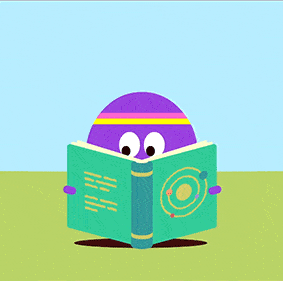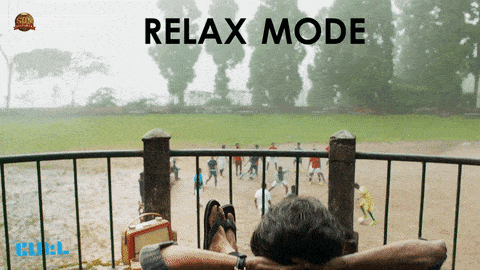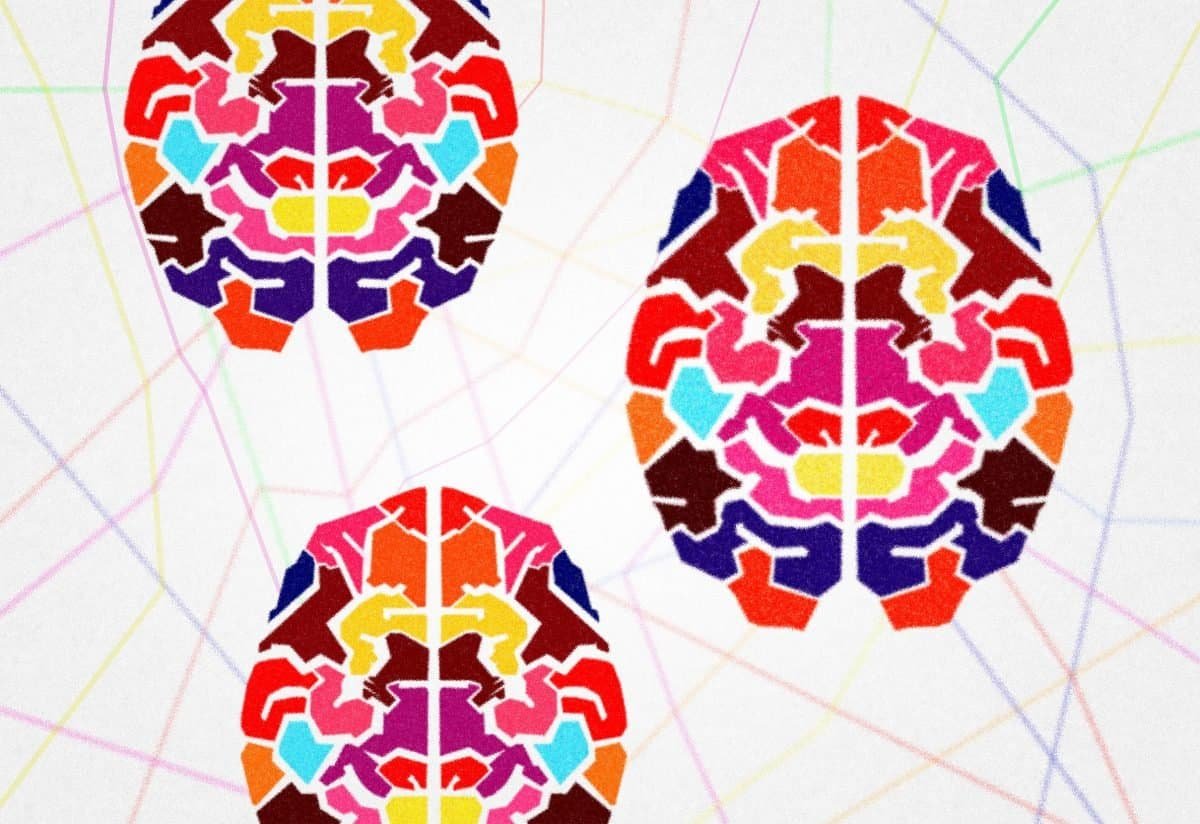Do you have a test coming up you should have been studying for weeks ago? Don’t worry; you’re not alone, and all hope is not lost. In fact, there are a ton of effective methods you can use to learn all the material you need for your test: even if you’re a little late to the game. If you’re ready to learn how to cram for a test the right way and achieve the results you need to succeed, keep reading! Below, we’ve put together a comprehensive guide on the how, why, and where to study for your next test.
Where to Cram

Image via Pexels
If you want to learn how to cram for a test, you must start with the basics. This includes not only focusing on the material but also ensuring your environment is conducive to effective studying. A clean and organized space can significantly improve your focus and motivation. Feeling overwhelmed with organizing your study process or struggling with essay tasks? Platforms like MyAssignmentHelp offer exceptional essay writing help, allowing you to dedicate your time to actual learning while they handle your writing needs. With a supportive study environment and expert assistance, you’ll be better equipped to tackle exams and assignments efficiently.
The library is a great place to cram because it’s quiet and orderly—two qualities of an ideal environment for learning and retaining information. Avoid as many distractions as you can, and if that means getting out of the house, do it! Some of our other favorite places to cram include the following:
How to Cram for a Test
Now that you know where to cram, you can finally learn how to cram for a test the right way. There are a lot of tips out there, but we’ve selected the method that actually works. Follow the steps below to ensure success on your next test or exam!
Step One: Turn Off Distractions
We already stressed the importance of an environment conducive to cramming for a test, but we didn’t talk about what you are using in that environment. If you have your phone with you, we suggest turning it on silent and putting it away. The same goes for your computer or laptop. Close any outside communication applications and remove temptations from your study site. You want to be able to completely focus on the task at hand and not waste valuable study time trying to remember where you left off after you’ve been distracted.
Step Two: Time Yourself
This step may come as a shock to you, but you should set up a timer. When studying, you shouldn’t push yourself past your limit. For most people, the limit will be around the six-hour mark. Our general rule of thumb is to give yourself a break at least once every hour. Each of your breaks should last for at least 10 minutes at a time to ensure you are refreshed and ready to get back into it. If you need some suggestions on what to do on your breaks, we recommend the following:
Step Three: Focus, Rewrite, and Highlight
One of the best things you can do when learning how to cram for a test is to re-read everything and highlight the key ideas. After you’ve picked out the key details of the topic, you can focus on rewriting everything into a notebook.
It may seem like an unnecessary task considering you have the information highlighted right there in front of you; however, writing things down is one of the best ways to commit it to memory. Some people will rewrite these key details as many as seven times in a row to ensure retention of the material. Reading each of the sentences out loud as you write them can also be helpful in memorizing the material. Many people find a combination of speaking and writing the key to cramming a lot of information in a little time.
Step Four: Eat Well
You may have heard of the term “brain food.” Well, when you are learning how to cram for a test and put those actions into motion, your brain will need a lot of fuel. When you’re using your brain, your body is also working and can greatly benefit from the nutrients found in healthy foods such as fruits and vegetables. It is also imperative you stay hydrated if you want to retain as much information as you can without getting a dehydration-related headache. Don’t neglect your body; it can be an essential element in helping you succeed on the day of the test.
Step Five: Rest
Regarding your physical health, another important factor is getting an adequate amount of sleep. Sleep is an important aspect of health, and as we learned above, your physical health can make or break your ability to succeed on the day of the test. Go to bed as early as you can and wake up with enough time to have a balanced breakfast. All you can do now is look at our additional tips below and sharpen that number-two pencil!
Additional Cramming Tips

Image via Pexels
You now have the step-by-step instructions on how to cram for a test. If you’re looking for a little more guidance to get you started, keep reading. Below, you will find a list of additional cramming tips to help you ace your test or exam.
Make Your Own Study Guide
One of the most helpful tips we received from previous graduates was to make your own study guide. Many teachers and professors will provide study guides for the test, and many students spend time on questions they already know the answers to. If you want to get the most out of your cramming session, make your own study guide and highlight the aspects you find most challenging.
If you don’t have a lot of time, you can also use this method to narrow down the topics or ideas you think will be covered on the test. Although you won’t learn all the material this way, it’s a great way to save time and double down on your efforts, especially if you have a lot of material to learn.
Make a Song
Did you know there’s a reason you can remember the lyrics to your favorite song easier than you can the elements on the periodic table? Putting things to music is a learning device that many people find surprisingly effective. If you’re a fan of music, try putting vocabulary words and ideas into your favorite song. You can also use common jingles like Twinkle Twinkle Little Star if you want to keep it easy.
Cram With a Friend
For some people, studying with a friend is the most effective method to cram in a lot of information. If you thrive on competition or the help of another when studying, phone up a friend and ask if they’ll help you cram. Studying with a friend allows you to quiz one another and makes learning that much more interactive and fun which, in the long run, helps you retain the information that much easier. It’s true; learning really can be fun in the right environments and under the right circumstances.
Set a Goal
If you’re having trouble motivating yourself to learn how to cram for a test, set a goal! A ton of people thrive when they set goals for themselves, and you might too! Promise to treat yourself if you reach your goal. The reward can be something as trivial as an ice cream cone. Think of what would motivate you and use that as leverage against yourself to study for one more hour, or two, or even five. Maybe each 10-minute break means one more M&M or a quick round of cards with your roommates. Whatever keeps you going, go for it!
Make Flashcards
Flashcards are considered a traditional studying method for a reason—they work! One side either asks a question or states a vocabulary term, and the other side answers the question or defines the vocabulary term. Flashcards are highly effective and they don’t take a ton of time to make. There are a plethora of websites and apps that allow you to make your own digital flashcards for free.
Conclusion
There are few things in the world as stressful as cramming for a test, especially when it’s a test you forgot about. Luckily, there are methods and tips, like the ones we reviewed above, to ensure you still ace your test without the long-term preparation. Now that you know how to cram for a test without going crazy, you can breathe a sigh of relief. As long as you remember to take care of your body and your mind, you’ll have no trouble coming out on top of your next test or exam. So, what are you waiting for? Grab a pencil and a notebook and start cramming!
Featured Image: Photo by Louis Bauer from Pexels




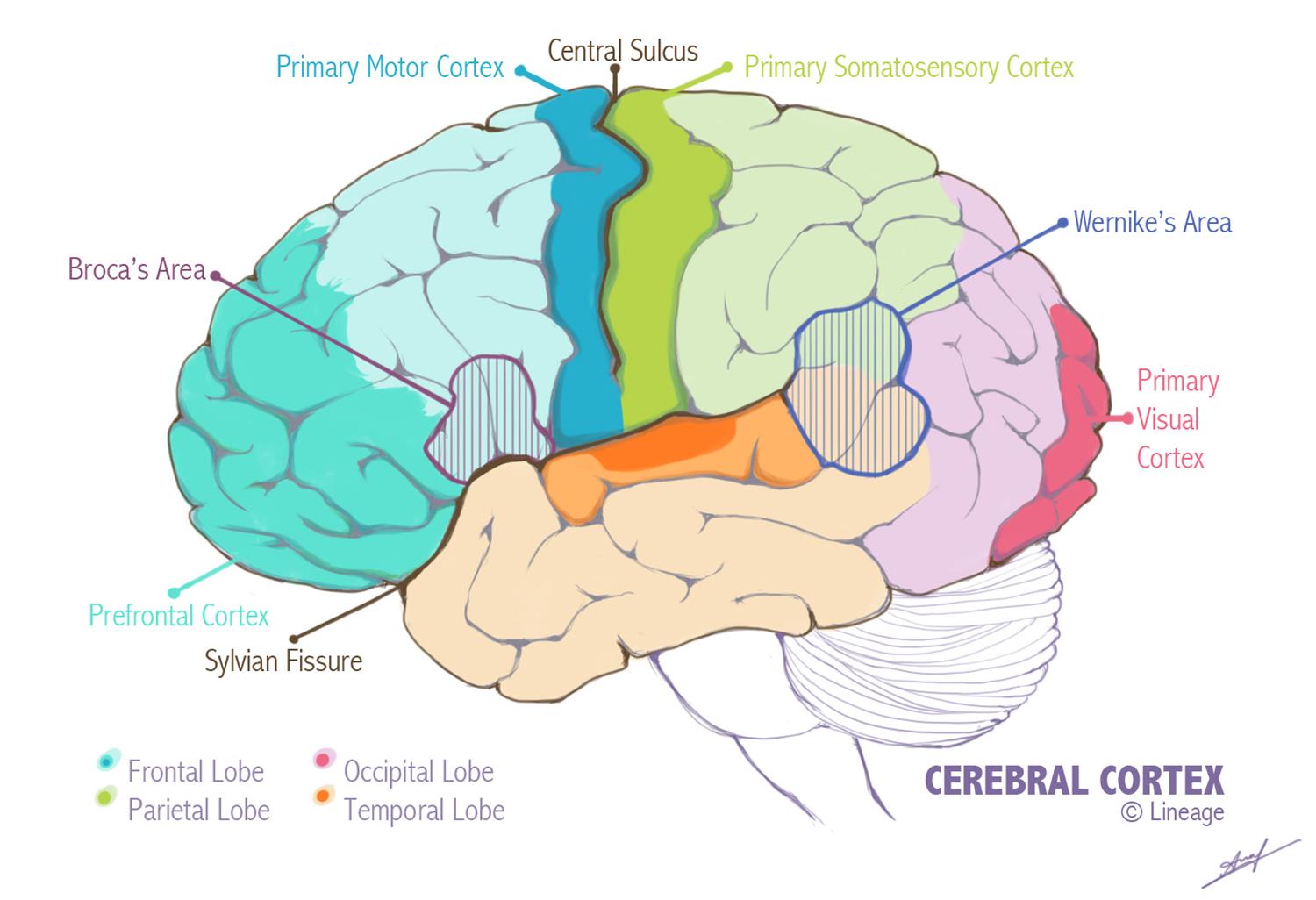
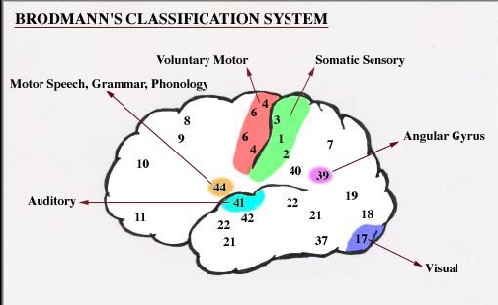

.png)







